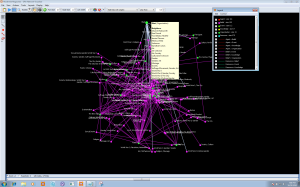Childcare issues made it impossible for me to attend the Why Books? conference hosted at my home institution today, so I just spent the past half-hour reading many hundred tweets from the conference (#whybooks). It’s sort of a brilliant  way to “attend” a conference. You get all the soundbites you would have written down in your notebook/laptop/conference program in the comfort of your own home. Twitter’s functioning here a bit like an old-fashioned Digest.
way to “attend” a conference. You get all the soundbites you would have written down in your notebook/laptop/conference program in the comfort of your own home. Twitter’s functioning here a bit like an old-fashioned Digest.
Sounds like the conference was amazing. Big congrats to Leah Price and Ann Blair for putting it together. Adrian Johns’s paper sounds like it blew the audience away. Peter Stallybrass made the always helpful reminder that only 13% of printed sheets go into books: a number periodical studies needs to thump loudly. Paul Duguid’s talk sounds like it was great fun–loads of swipes taken at Google Books, which should resonate with the periodicals crowd. He takes aim at Google for its naive treatment of books as mere sources for “shucking information,” which sounds a lot like Scholes and Latham and Scholes and Wulfman on the academy’s use of periodicals.
Which brings me to my last point–in all the tweets, I don’t think magazine or periodicals appeared once. Hey Why Books?, Why No Magazines?









Magazines R.I.P.?
Leave a comment
Posted in Commentary